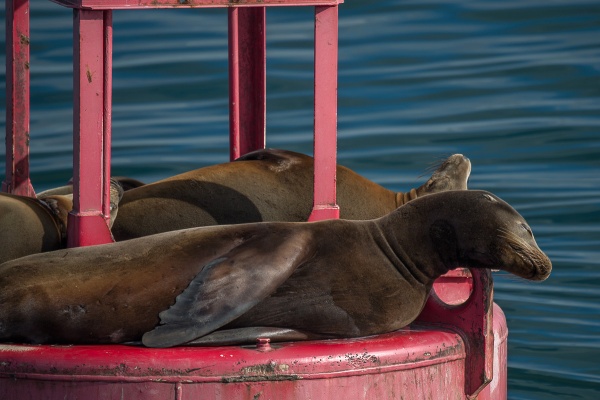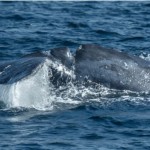It’s being heralded as the “Best Whale Watching Season Ever” in Southern California, but what exactly does that mean? Abundant whales? Different species of whales swimming about? Whales coming into closer contact with human observers? Baleen and toothed whales performing their own version of West Side Story?
There are many ways to consider what makes a season spectacular.
“For me it’s all about the diversity of whales that we can find at any given moment in the waters off of Los Angeles,” says Kera Mathes, marine biologist for the Long Beach Aquarium of the Pacificwho was accompanying a recent whale watching excursion out of Long Beach.
“We’ve had lot of gray whales, fin whale sightings, numerous orcas, the latest being Dec. 26. There was a pod of five fin whales observed a few days ago. We’ve even seen humpback whales and there even was word of a pilot whale in San Diego recently,” she says. “You never know what you are going to see in the waters this time of year.”
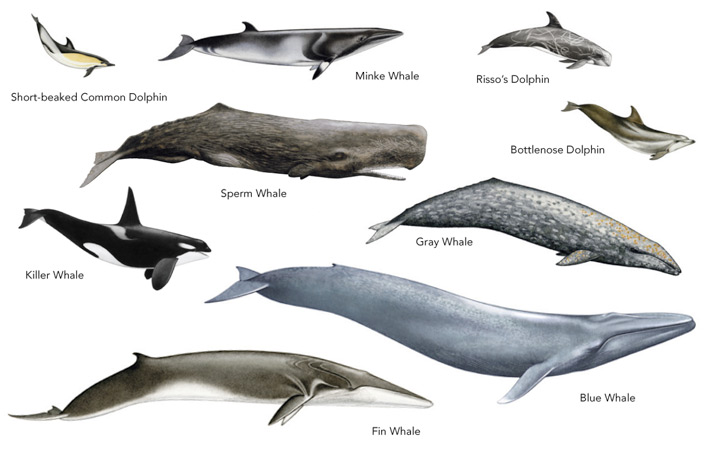
Indeed, rare whale sightings are becoming, well, not quite so rare these days. Over the past few months, folks have also seen sperm whales and even false killer whales. “There is a lot of food here that may be bringing those rare species into our waters,” says Mathes about the bounty of krill, sardines and anchovies not to mention sea lions which orcas enjoy.
Mathes contends that researchers, however, may also label a season remarkable by the sheer number of whales they are studying. Case in point: the gray whales.
Alisa Schulman-Janiger who coordinates that annual Gray Whales Census/Behavior Project for the American Cetacean Society, Los Angeles, has been regularly posting the phenomenal numbers of gray whales spotted at Pt. Vicente Interpretive Center by trained on-shore volunteers. To date, 385 grays – that includes moms and babies – have been counted going southbound to Baja in the month of December. That number has broken all records since the census began in 1984.
** Gray Whale Update: As of Jan, 3, 2014 the count is 432 southbound (including 9 calves), and 1 northbound, still ahead of last season’s count of 407 southbound (including 3 calves) and 4 northbound. **
On this particular whale excursion, two individual grays were spotted. One whale had a craggy notch near her fluke indicating she was a victim/survivor of an entanglement which carved out a deep chunk of her flesh. Photos taken from the whale watching boat were sent to researchers – including Schulman-Janiger who later identified the whale as the same one she photographed in 2009. Those current photos will be sent to watchers in Baja Mexico in order to track that whale’s path and behavior.
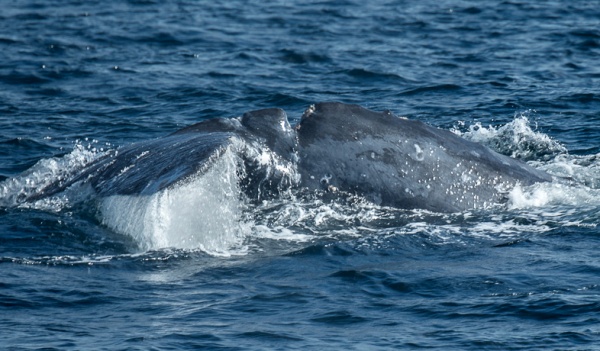
Mathes says the aquarium partners with various researchers, supplying them with “opportunistic data” about specific whale species. Photos are vital components – researchers match flukes (as individual to whales as thumbprints to humans) to follow a specific whale, like this wounded one.
The craggy notch wound, however, didn’t seem to stop this particular whale; she was swimming at a good pace, blowing, diving and deep diving for krill and other goodies from the SoCal buffet line.
While Schulman-Janiger is keen on seeing huge numbers of gray whales, she also shares Mathes delight in witnessing the diversity of marine mammals in the area. In fact, her gray whale census volunteers routinely records marine mammals they observe and has counted more than 20 species of marine mammals in their census along with the migrating cetaceans. “This is the most amazing season due to both the sheer diversity of rare species encounter AND the current record high gray whale counts,” she sums up. “An outstanding whale watching season is not just the occasional rarely sighted species, but being able to see a good number of whales and a variety of species and behaviors on a regular basis.”
Booming numbers of whales, species none withstanding, means a happy public and business, says Captain Dan Salas of Harbor Breeze Cruises who has been bringing folks out to the waters since the 1990s. “Having good whale numbers means you have a good chance of seeing something to make that trip worth your while,” he says. “So far, it’s been a fantastic season.”
Record whale numbers of any kind (“this year we have seen more humpbacks than we have ever seen in our 15 years of whale watching boats”) means an exciting experience for Salas’ guests, many who maybe making the trek for the first time.
Salas credits fishing and shipping regulations as making SoCal coastlines more inviting for fish and marine mammals. “I started out 30 years as fisherman and I’ve never seen this kind of life here back then,” he says. When shipping lanes were moved a year and a half ago to accommodate the whales’ migratory paths, “our whale watching numbers went through the roof.”
While newbie whale watchers should experience some kind of cetacean action this winter season, it’s best to keep expectations appropriate. You may think you will see numerous sights like this:
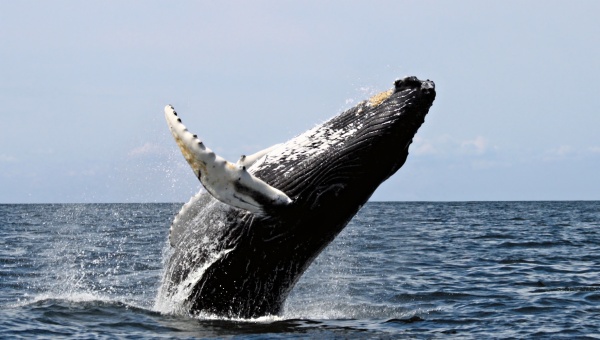
But you actually may see this (which is still cool, but not as dramatic).
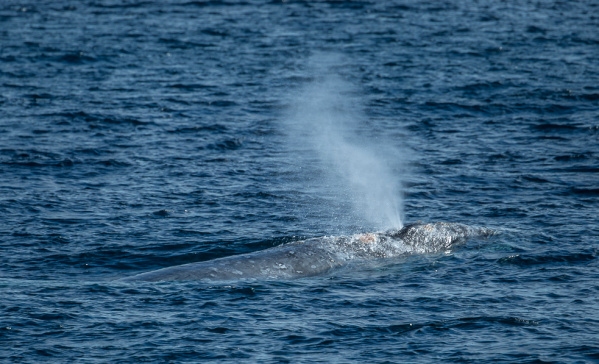
Be advised, too that whale watching is often more whale WAITING. When the captain hollers “Thar she blows,” be prepared for the paparazzi of camera clicks as the whale briefly slides up and out of the water.

Thank goodness for dolphins (which are small whales) that can be counted on for stealing the show on any whale watching excursion. Bounding up and out of the water with spectacular spiraling leaps and spins, these marine mammals certainly embody the joy and freedom of the ocean.
On the flip side, many whale watch trips include the traditional drive-by the buoy covered with snoozing sea lions. While dolphins show off their acrobatic side, the sea lions (equally energetic in the water) are content to display their relaxed, groovy and mellow personalities, giving humans a small taste of multifaceted life in the wild Pacific Ocean.
